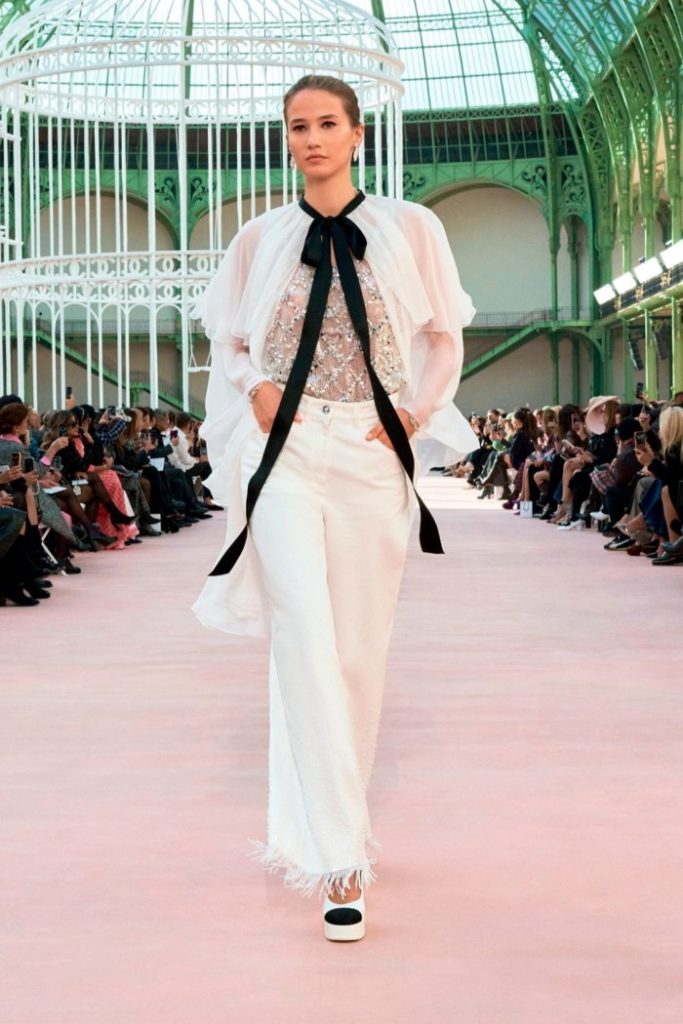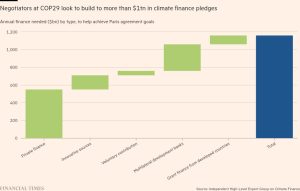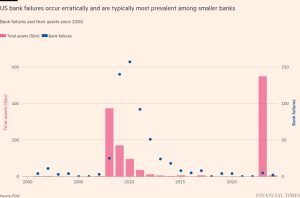Chanel and Coperni pick landmark locations for Paris Fashion Week

Fashion is in a state of flux. That was clear at the spring/summer 2025 shows in Paris, where brands attempted to chart a path forward, having felt the sting of China’s economic slowdown and a prolonged downturn in luxury spending globally. Some have also had to contend with transitions in creative direction amid evolving consumer preferences, resulting in less convincing collections.
For Chanel, the lack of a designer is still a missing piece of the puzzle. But not for long, according to president of fashion Bruno Pavlovsky, who says an appointment will be made by the end of the month. That’s good news for the world’s second-largest personal luxury brand, which has been without an artistic director since June, when Virginie Viard stepped down, capping a career of almost three decades at the house. (Viard became creative director at Chanel in 2019 following the death of Karl Lagerfeld.)
One ill-fitting appointment could divert Chanel off its double-digit growth path (it reached $19.7bn in 2023). Pavlovsky (and global chief executive Leena Nair) is moving cautiously. “You have some designers who are very talented, but when they join a brand, you see [them] and forget the brand. We are not looking for this kind of designer, but one who is ready to support the brand, to help it develop and modernise. It’s important that this person is not doing that for just two or three years. [We want to] build the next 10 years together.”


Chanel recently purchased a property on the prestigious Avenue Montaigne for an undisclosed sum, following similar real estate purchases in Paris and other cities the previous year. And this week, it returned to the Grand Palais — the site where Lagerfeld staged his most memorable shows — after a four-year break for renovations, to present its collection of sheer capes, shirts and dresses with billowing sleeves, sequinned denim and updated tweed sets.
Pavlovsky effused over the stature of the Beaux-Arts building, which hosted the Olympics and the recent Francophonie Summit that is attended by global heads of states and governments. Having an association with the storied venue cements Chanel’s authority and emphasises its links to culture, creation and craft, he believes. “To illustrate this, we need to have some strong visible locations.” But for all its fancy facade, the missing touch of a creative director was palpable, and the location outshone the clothes.
The same could be said of Coperni, which seems to be competing to outdo itself each season. After viral shows that have included robot dogs and Bella Hadid being spray-painted live in a dress, designers Sébastien Meyer and Arnaud Vaillant stepped it up once more, stealing the week’s closing spot (normally belonging to Louis Vuitton) with an off-schedule show at Disneyland and a finale by Kylie Jenner, wearing a dark strapless gown. I spotted updates to Coperni’s top-selling Swipe bag, but the dimly lit street lamps made it harder to see some of the looks. Not that editors and influencers, many of whom had a blast going on rollercoaster rides that ran past midnight, seemed to mind.
It made me question the purpose of a runway show, which for some brands has become less about the clothes and more about the entertainment factor. Both can coexist. At the Louis Vuitton show, Cate Blanchett, Lisa and Zendaya watched models walk on elevated trunks. Staged at the brand’s usual location, the Louvre, designer Nicolas Ghesquière continued to experiment with flouncy silhouettes that lent a lighter touch to his typical architectural shapes: see the jackets with rounded shoulders and peplum hems. Less convincing were the one-leg skirt-trouser hybrid (a style that also appeared on the runways at Coperni and Bottega Veneta in Milan). All in all, it was a cohesive show that offered desirable new styles.


More than four decades since Issey Miyake, Yohji Yamamoto and Rei Kawakubo of Comme des Garçons spearheaded a historical revolution in Paris fashion, the Japanese designers — and the generation that followed, including Junya Watanabe, Sacai and Jun Takahashi’s Undercover — continue to fly the flag for originality and disrupt the status quo. They’ll do as they please, and it works. Takahashi, for example, vetoed a runway in favour of a more intimate gathering at Dover Street Market Paris, where he offered a Japanese breakfast to enjoy alongside belted modular clothes. Meanwhile, Kawakubo leaned even further into sculptural looks that reminded me of strawberry meringues and were not in any sense wearable, but the theatricality of her shows actually sells products in stores.
Catering to the client by giving them what they want, but also presenting new ideas for how to dress, is a balancing act that several designers are still navigating. It’s something that Nadège Vanhée does well; the Hermès designer stuck to a predictable but luxurious beige and leather offering from what I could see (journalists were sat in flat rows and I was at the far back, while clients attending with unique, limited-edition Hermès bag styles enjoyed a clearer view of the show, thanks to their raked seating — let’s not kid ourselves, we know who the priority is here).


Victoria Beckham staged her show at a spectacular château, which was suitable for the filming of her upcoming Netflix show, but the clothes veered arty and experimental, with wet looks and slit trousers, that didn’t feel aligned with the brand. Seán McGirr appears to be figuring out what the Alexander McQueen customer wants. For his sophomore collection, he took a gentler and sophisticated approach that appeared to correspond better commercially, but one hopes he is given the freedom to evolve in a way that doesn’t lose the grit and essence of the brand’s founder. Stella McCartney needs to rethink her offering at a time when younger generations are consuming differently and renting or buying second-hand, for example, instead of expensive and new (it takes more than an assertive slogan).
Carven continues to be in safe hands with Louise Trotter, now into her third season as creative director and settling into her studio above the store (parent company Icicle bought the entire building, a place where founder Marie-Louise Carven used to work). We’ve seen the messy collars and shirts jutting out of jackets before at Miu Miu, but it still felt fresh. New this time were sporty track pieces, cut-out body suits with knee-length skirts, and knits wrapped around the waist over camisoles. Also appealing is Gabriela Hearst, who is back from showing in New York and whose passion for materials innovation is like few others (what appeared to be a gold-coloured dress was in fact made of 96 per cent copper and 4 per cent silk).


The designers that really hit the mark in Paris, however, were not those with the biggest budgets, but the independent names with an individual point of view and excellent craftsmanship to match. Who would have thought that Duran Lantink, known for creating garments from deadstock, would be one of the hottest tickets of the season? This time he demonstrated even greater finesse: there were not only conceptual looks but some great trousers. Niccolò Pasqualetti, Hodakova, Rokh and Torishéju also impressed with their individual takes, proving that on a big playing field, small businesses worth their salt can still shine through.
Sign up for Fashion Matters, your weekly newsletter with the latest stories in style. Follow @financialtimesfashion on Instagram and subscribe to our podcast Life & Art wherever you listen
#Chanel #Coperni #pick #landmark #locations #Paris #Fashion #Week







